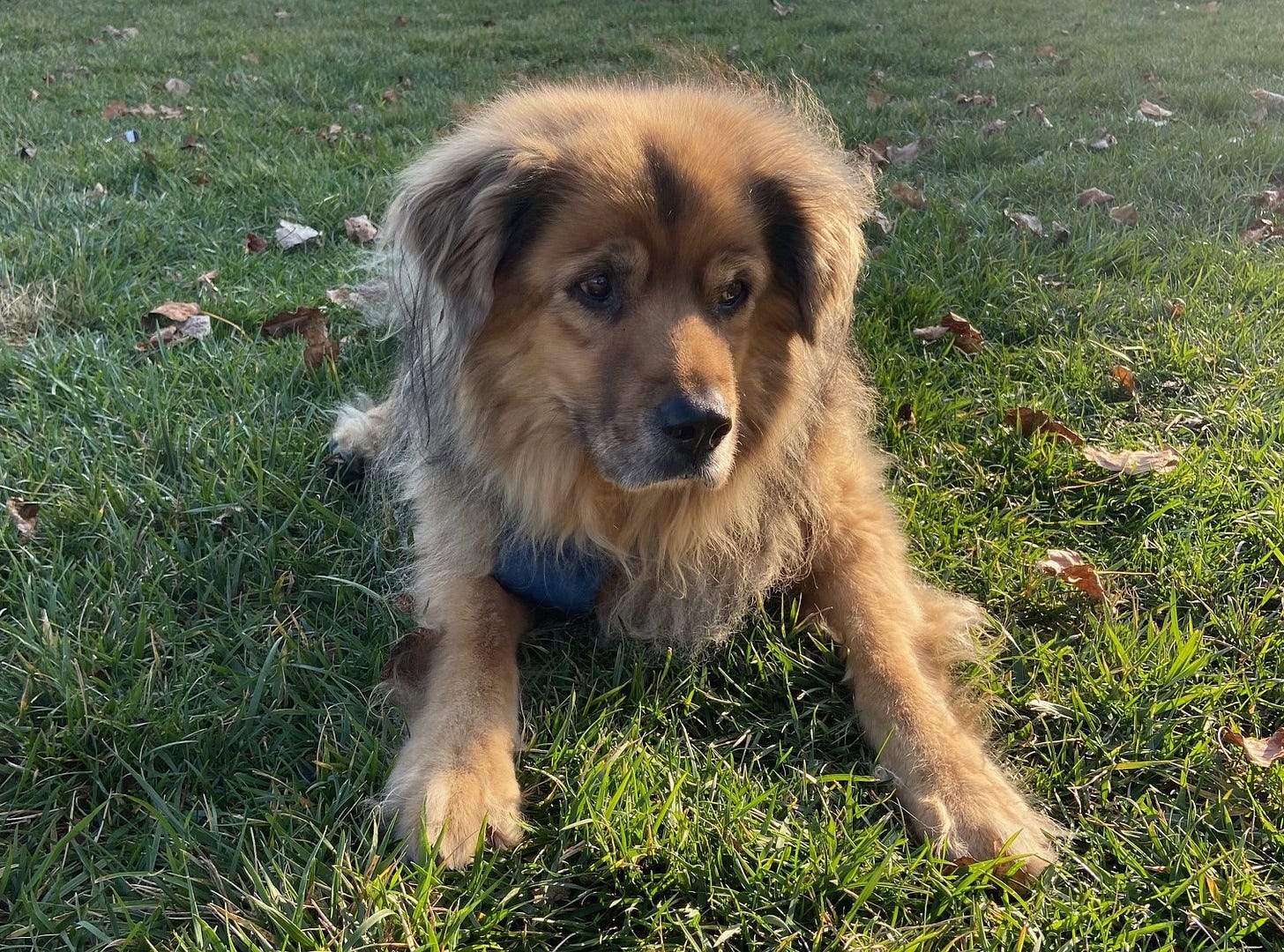Learning to Live with Death
On December 22, my girlfriend and I put down our dog, Casey Jones. It was time. After twelve or thirteen years (he was a rescue; his birthday was a mystery), the things that were supposed to work no longer did. He had seizures. His walks grew shorter, and we had to take him out by the elevator and not the stairs. When a fire truck went by, he did not howl as he had done, reliably, for his entire life. And so, hating ourselves for it, we made arrangements.
It went as well as it could have, all things considered. The day was bright and clear, and we brought him to the park and fed him treats and found ourselves surprisingly composed as we waited for the knock on the door. It was over by noon. Shortly afterward, we fled the apartment, unable to bear its emptiness, and went to Tahoe to distract ourselves.
Even now, I have not fully left behind the welter of emotions that exploded that December day. I have, however, learned some lessons—lessons that I think are useful in confronting death, as all of us must, unless we are extraordinarily unlucky.
The first lesson is: death is inevitable. Not the most insightful, I know—but there is more. Because death is inevitable, you should not ask, “Why is this being taken away?” but rather, “What has been given?” In Casey’s case, a lot had been given. He lived a full life, reaching to the high end of the expectation for his breed groups, and he lived a happy life with many caring friends and wonderful experiences. Neither he nor I nor anyone else could ask for more. I would have liked more, of course, and I am sure he would have too, but that is not a wish that can be granted in this universe. Better to focus on what happiness he had than on impossible dreams.
The second lesson: dead does not mean gone. Kurt Vonnegut imagined aliens—the Tralfamadorians—who could see through time. To them, death is just an oddity that appears if you look at time the wrong way: “When a Tralfamadorian sees a corpse, all he thinks is that the dead person is in a bad condition in that particular moment, but that same person is just fine in plenty of other moments. He is still very much alive in the past, so it is very silly for people to cry at his funeral.”1 This sentiment is entirely correct. It amounts to nothing more than an assertion that the past is real. It can be difficult for us to embrace that idea, being, as we are, decidedly un-Tralfamadorian, but it is inarguably true. Every moment of Casey’s life—his exuberance in bounding through new-fallen snow, the gusto that seized him when he got a bowl of wet food, the sweet and silly innocence that led him to try befriending a skunk not once, not twice, but three separate times—all of that is real; it is not gone; it is simply in the past.
The final lesson: death is the end. It is the end of everything good that life can give—and the end of everything bad. Herodotus wrote: “Deem no man happy, until he passes the end of his life without suffering grief.”2 Anyone still living could, at any moment, meet calamity. The dead, on the other hand, have already faced down every calamity they will encounter. The worst thing that happened to Casey was an attack by another dog, and that was certainly bad, but, measured against a lifetime of happiness, a few stitches are not very much. Death, when it came, froze his happiness in place.
Today and every day, Casey Jones is happy.
From Slaughterhouse Five. I have rearranged the sentences for a better flow in the context of this essay: in the book, they appear in the opposite order and not adjacent to each other, though they appear in the same paragraph.
Technically, Herodotus attributes this quote to Solon.
